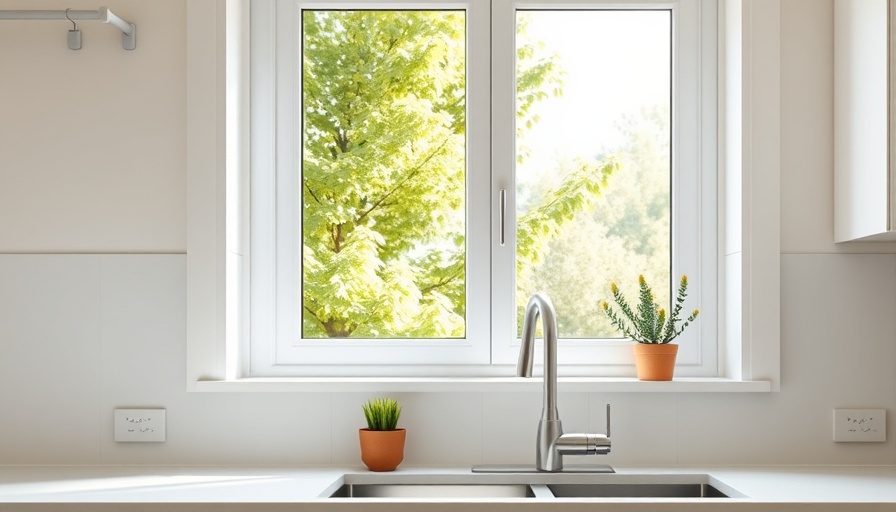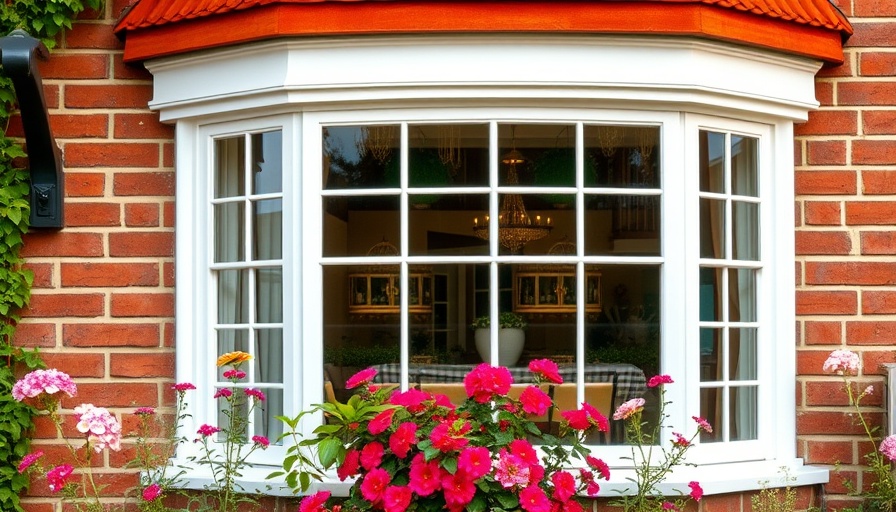
Understanding Standard Window Sizes: A Key for Homeowners
Choosing the right windows for your home or commercial property isn’t just about aesthetics; it’s a strategic decision that can significantly impact installation time and overall cost. To navigate this complex landscape, familiarity with standard window sizes is crucial. This guide aims to enlighten homeowners and property managers on the essentials of window dimensions, types, and the benefits of opting for standard sizes.
The Importance of Standardized Measurements
Standard-sized windows are prefabricated to meet the common dimensions found in average homes, leading to quicker installations and enhanced cost efficiency. By selecting standard sizes, you tap into a broad array of styles and materials, ranging from double-hung to sliding and picture windows. This option allows for better price points as custom-sized units often incur additional costs due to bespoke manufacturing.
Defining Standard Window Dimensions
Getting the measurements right is fundamental to any window installation. Ensure accurate measurements by assessing three key aspects: width, height, and depth. Width is determined by measuring between the inner jambs at the top, middle, and bottom, while height is taken from the sill to the top jamb at three points. The minimum height is typically adopted, providing a perfect fit. The depth, often overlooked, is also essential for compatibility with window frames.
A Quick Guide to Common Window Styles and Their Sizes
Understanding the various standard sizes for popular window types can streamline your selection process. Here’s a quick outline for a few common styles:
- Single- & Double-Hung Windows: Sizes ranging from 2′ wide by 3′ high (2030) up to 4′ wide by 6′ high (4060).
- Casement Windows: Varieties include 1′ 7″ wide by 1′ 4″ high (1714) to 3′ 5″ wide by 2′ 5″ high (3525).
- Sliding Windows: Options include 3′ wide by 2′ high (3020) and up to 7′ wide by 4′ high (7040).
These dimensions not only help reduce manufacturing waits but also lend themselves to faster installation processes.
What to Know When Considering Custom Windows
While standard sizes are convenient, there may be instances where unique architectural requirements warrant custom solutions. In such cases, it’s essential to engage with experienced window suppliers and installers who understand the nuances of non-standard requirements. Companies like Quality Window & Door can assist in navigating these decisions.
Wrap-Up: Making Informed Decisions
In summary, understanding standard window sizes can greatly enhance your decision-making process. Whether for aesthetic improvements or energy efficiency, knowing your options can lead to better outcomes for your home or business premises. For expert insights and personalized service, consider reaching out to a local window professional.
Contact us today to discuss your window needs and schedule a consultation!
 Add Row
Add Row  Add
Add 




 Add Row
Add Row  Add
Add 

Write A Comment